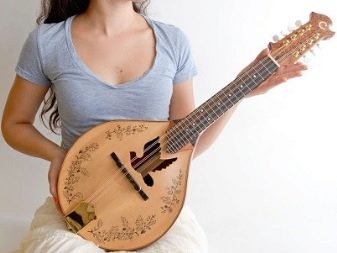Mandolin learning
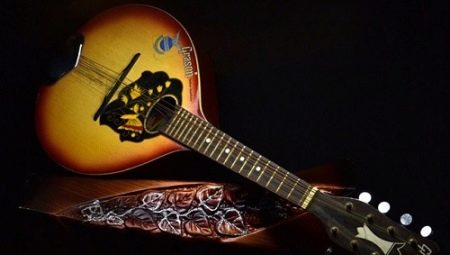
Mandolin refers to stringed plucked musical instruments. It takes its origin from the Italian lute, only its strings are smaller and the dimensions are significantly inferior to the progenitor. However, the mandolin has surpassed the lute in popularity today, as it is loved in many countries of the world, including Russia.
There are several varieties of this instrument, but the most used of them is the Neapolitan, which took on its modern form at the end of the 19th century.
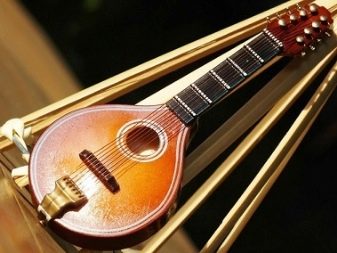
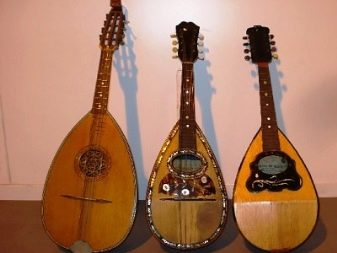
It is the Neapolitan type of instrument that is considered the classic type of mandolin.... How to tune and learn to play the Neapolitan mandolin is discussed in the article.
Preparation
To competently learn to play the mandolin, like any other musical instrument, you need to prepare. This means not only the acquisition of an instrument for practical training, but also finding out all the most important details about the mandolin itself, its strings, tuning, playing methods, musical possibilities, and so on. In other words, you should learn everything about the tool and learning with it.
Since the mandolin has a fairly short scale, the sound of the strings decays quickly. Therefore, the main method of sound production here is tremolo, that is, a rapid repetition of the same sound of a melody within its duration.... And so that the sound is loud and bright, the game is played by a pick.
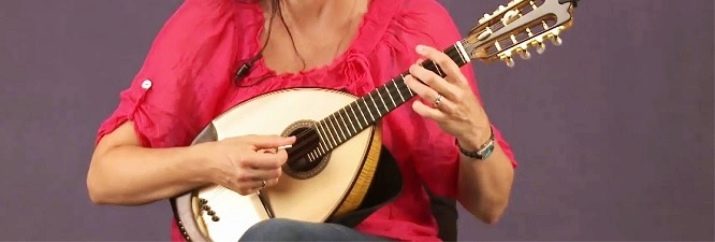
The fingers of the right hand are rarely used to extract sounds from the strings - and the sound is not so bright, and their duration is short. When purchasing a mandolin for training, you need to stock up on mediators. A beginner musician should choose the one that seems most convenient from several types and sizes of mediators.
The mandolin is considered a musical instrument that can be played solo or accompanied... These instruments sound great in a duet, trio and the whole ensemble. Even famous rock bands and guitarists often used mandolin sounds in their compositions and improvisations. For example: guitarist Ritchie Blackmore, Led Zeppelin.

Customization
The mandolin has 4 pairs of double strings. Each string in a pair is tuned in unison with the other. The classical tuning of the instrument is similar to that of the violin:
- G (low octave salt);
- D (D of the first octave);
- A (for the first octave);
- E (E of the second octave).
Tuning a mandolin can be done in several ways, but for most beginners it will be safer to do it with the help of a tuner, on which it is possible to set the sounds necessary for tuning the instrument.
For example, a chromatic instrument will do. With a developed hearing, it is not difficult to do this for another tuned musical instrument (piano, guitar).
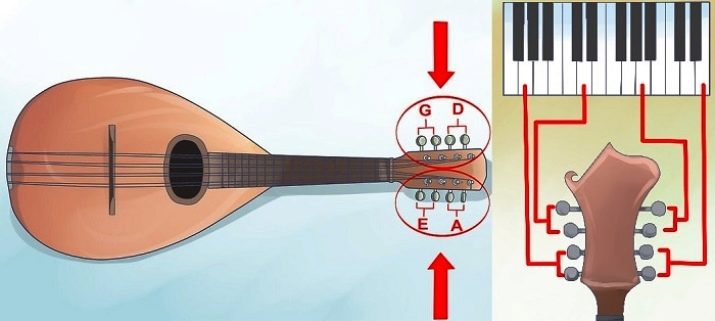
Having gained experience, it will be possible to tune the instrument according to the following algorithm.
- On a standard tuning fork, emitting the note "A" of the first octave, the 2nd open string of the mandolin is tuned (in unison).
- Next, the 1st (thinnest) open string is infused, which should sound the same with the second, clamped at the 7th fret (note "E" of the second octave).
- Then the 3rd string, clamped at the 7th fret, is tuned to the same sound as the 2nd open.
- The 4th string is tuned in the same way, also clamped at the 7th fret, in unison with the third open.
Basic techniques of the game
Mandolin lessons for beginners from scratch are not a particularly difficult task... Almost everyone will be able to learn to play simple melodies and accompaniment in a fairly short time.
It is recommended to purchase a self-instruction manual for the game, take a few lessons from an experienced mandolin teacher, listen to the play of professional musicians. All this will help to master the mandolin.
The training takes place in the following order.
- Landing with a tool is mastered with the implementation of the rules for setting hands. To make it convenient to use the mandolin, it is located either on the thigh of the right leg, thrown over to the left, or on the knees of the legs standing next to each other. The neck is raised to the level of the left shoulder, its neck is wrapped around the fingers of the left hand: the thumb is on top of the neck, the rest - below. At this stage, the skills of holding the pick between the thumb and forefinger of the right hand are also practiced.
- Practice sound production with a pick on open strings: first with a stroke "from top to bottom" under the count of four, then - with an alternating stroke "down-up" to count with "and" (one and, two and, three and, four and). At the expense of "and", the blow of the pick is always "from the bottom up". At the same time, you should study the reading of notes and tablature, the structure of chords.
- Exercises for developing the fingers of the left hand. Chord playing skills: G, C, D, Am, E7 and others. Initial exercises for mastering the accompaniment.
Practicing more complex playing techniques (legato, glissando, tremolo, trill, vibrato) using examples and exercises is carried out after mastering these basics.
